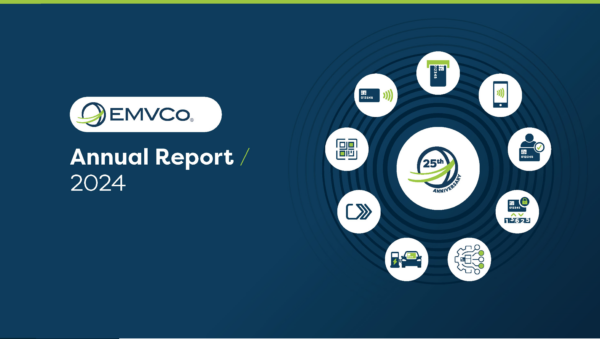Billions of card-based payments are made and accepted daily. Whatever you are buying, wherever you are in the world, you expect your payment card to work. For in-store, e-commerce or remote transactions, the process needs to be familiar, convenient and reliable. EMV® technology helps make this possible.



